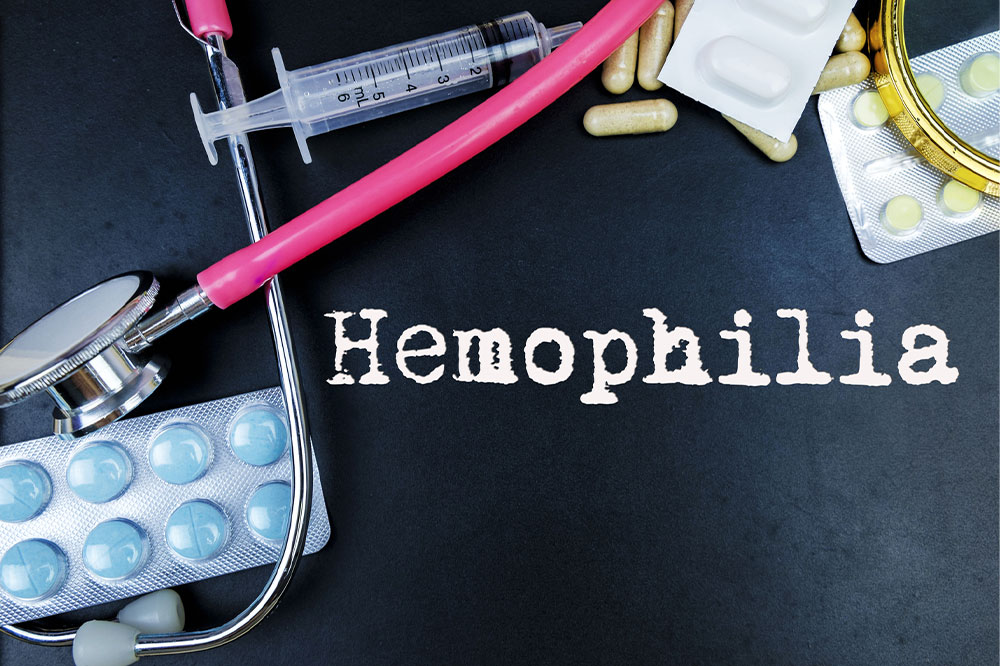Comprehensive Overview of Hemophilia B: Key Facts You Should Know
This article offers an in-depth overview of Hemophilia B, covering its causes, symptoms, treatment options, and management strategies. It emphasizes the inherited nature of the disorder, highlights common symptoms like bleeding and joint pain, and underscores the importance of specialized care centers. While no cure exists, treatment options such as factor IX replacement therapy and prophylactic measures help patients lead normal lives. Designed for patients and caregivers, the content emphasizes the significance of consulting healthcare professionals for personalized care. An essential read for understanding Hemophilia B's impact and treatment.

Comprehensive Overview of Hemophilia B: Key Facts You Should Know
Hemophilia occurs when certain proteins essential for blood clotting are deficient in plasma. This inherited bleeding disorder causes episodes of abnormal bleeding. The main types are Hemophilia A and B; with Hemophilia A making up roughly 80% of cases, Hemophilia B is less common, accounting for approximately 20%. Although no cure exists, effective treatments help individuals lead normal lives. Here are six important facts about Hemophilia B:
Hemophilia B is inherited through the X chromosome, primarily affecting males (XY). Females (XX) usually act as carriers, passing the defective gene without symptoms but can still transmit it to their children.
Symptoms often include spontaneous nosebleeds, excessive bleeding from minor cuts, blood in stool or urine, prolonged bleeding after dental procedures, extensive bruising, and bleeding into muscles or joints causing pain and swelling.
Management focuses on controlling bleeding, ensuring clot stability, and administering factor IX concentrates.
Treatment involves replacing missing clotting factors and using agents to help stabilize clots to stop bleeding episodes.
For severe cases, prophylactic regimens with regular factor IX injections help prevent bleeding before it occurs.
Specialized hemophilia treatment centers with multidisciplinary teams—including hematologists, dentists, orthopedists, and surgeons—provide comprehensive care. These centers also include nurses, social workers, and physiotherapists experienced in managing Hemophilia B.
Important:
This overview provides useful information about Hemophilia B, but it is not a substitute for professional medical advice. For personalized diagnosis and treatment plans, consult a healthcare professional. The website is not responsible for information inaccuracies on other platforms or for unlisted treatment options that may benefit patients more than those discussed here.


